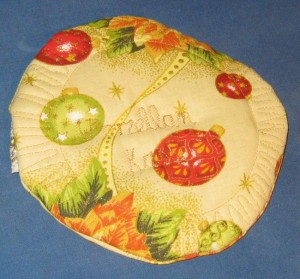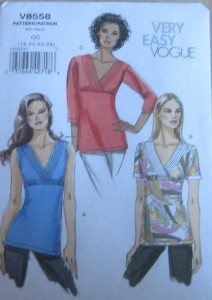 Mein kleiner Kumpel Cardito hat auch noch einen Cousin bekommen. Er heißt Travelito und ist etwas größer.
Mein kleiner Kumpel Cardito hat auch noch einen Cousin bekommen. Er heißt Travelito und ist etwas größer.
My little buddy Cardito has a cousin. His name is Travelito and he is a bit larger than Cardito.
Der Grund für die Größe ist, daß hier ein Reisepaß hinein passt. Und das verrät auch schon, wofür das Etui gedacht ist: Es soll mich auf Reisen begleiten, vor allem auf Fernreisen, wo man den Reisepaß braucht, dafür aber die Sammlung an Kundenkarten Zuhause lassen kann.
 The reason why it’s bigger is easy, it is big enough to hold a passport. And that also tells what it’s made for: To travel with me, especially for travel outside Europe where all those club cards from European or German shops can stay at home.
The reason why it’s bigger is easy, it is big enough to hold a passport. And that also tells what it’s made for: To travel with me, especially for travel outside Europe where all those club cards from European or German shops can stay at home.
Man sieht es nicht so gut, aber es gibt nur fünf Kartenfächer, was reichlich ist für Bankkarten sowie ggf. noch eine Busfahrkarte oder ähnliches. Dafür gibt es auf der rechten Seite noch eine Tasche für Münzgeld und, nicht sichtbar, das Scheinfach hat eine Unterteilung, so daß ich zwei unterschiedliche Währungen trennen kann.
The black card slots on the left are not very well visibly but there are only five, which is far enough for credit cards and leaves space for bus tickets and so on. On the right side there is a coin pocket and, not visible, the compartment for bank notes has a separator, so it can hold two currencies.
 Genäht habe ich es aus den verbliebenen grauen Resten, dazu Futterstoff und ein Baumwoll-Polyester Popeline von einem früheren Projekt.
Genäht habe ich es aus den verbliebenen grauen Resten, dazu Futterstoff und ein Baumwoll-Polyester Popeline von einem früheren Projekt.
I used the already well known fabric remnants in gray, with some black lining and a gray poly-cotton fabric from a project long ago.
Sowohl das Münzfach als auch die Börse als ganzes werden mit schlichten Annäh-Druckknöpfen geschlossen. (Die meisten Mäppchen die ich im Web so gesehen haben nutzen Klettband oder Druckknöüfe zum Einschlagen. Finde ich aber alls zu gorß und zu auffällig.) Das ist nicht nur die billigeste sondern aus meiner Sicht auch die eleganteste Lösung. Dazu hat Webband von Kafka seinen Platz gefunden. (Erwähnte ich schon, daß ich Rosen liebe…?)
Instead of velcro or non sew snaps (as used in most purses I’ve seen on the web) I chose simple sew on snaps as closer for the coin pocket and for the purse. That is the cheapest but in my eyes also the most elegant solution. I added some beautiful trim from Kafka. (Did I ever mention I love roses….?)
Davon wird es übrigens keine drei Versionen geben. Diese hier ist nicht perfekt, aber sie wird ihren Zweck erfüllen und so oft brauche ich sie dann auch nicht.
This purse isn’t perfect either but there will not be three versions of it. This one is far from perfect, but it’s functional and it’s not an item I’ll use every day.

















